Closed Circuit Television is a television system that operates on a ‘closed loop’ basis. CCTV pictures are only available to those directly connected to the loop, which consists mainly of fibre optic cable that transmits the picture from the camera to a monitor. CCTV systems are used to monitor and or record the activities in an area for the purpose of safety and protection of property.
The type of system should be designed with the purpose in mind along with environmental conditions. Surveyors are trained to match the correct equipment to your system’s needs.
There are many types of cameras. Some cameras are:
- Dome cameras – These are usually placed inside a dark dome, and can’t be seen from outside, so the thief will not know whether the camera is pointing his way or not. These cameras may turn or may be fixed, but what is important is that when looking at it, no one can tell.
- Wall cameras – These are big visible cameras. They maybe simple, or have a lot of options, such as a water-proof or bullet-proof shell, infrared light, or zoom.
- Hidden cameras – These small and covert cameras are hidden inside other objects and are not easilydetectable.
- PTZ Cameras – These cameras are visible. They allow for auto tour of a Site / premises. Allow the user to follow and zoom in on a subject. Allow for clear images to be stored. Can be used remotely.
This can be caused by a lack of Operational Requirement being carried out before purchase of a system. It may be possible to use a greater focal length lens, which will increase the size of the targets. Alternatively it may be necessary to install other cameras to the system or to re-site the existing ones.
- Use Infrared or White Light illuminator
- Make sure your camera is equipped with an infrared corrected lens. It solves the problem of focus-shift between night and daylight
- Match the angle of the IR illuminator to the camera’s field of view

